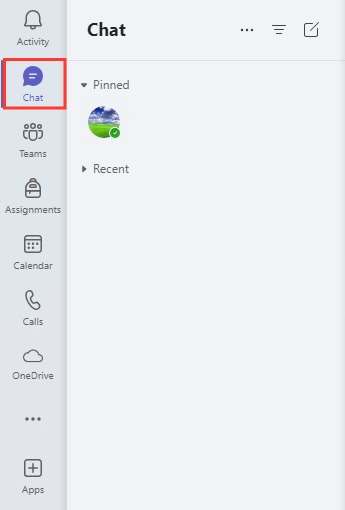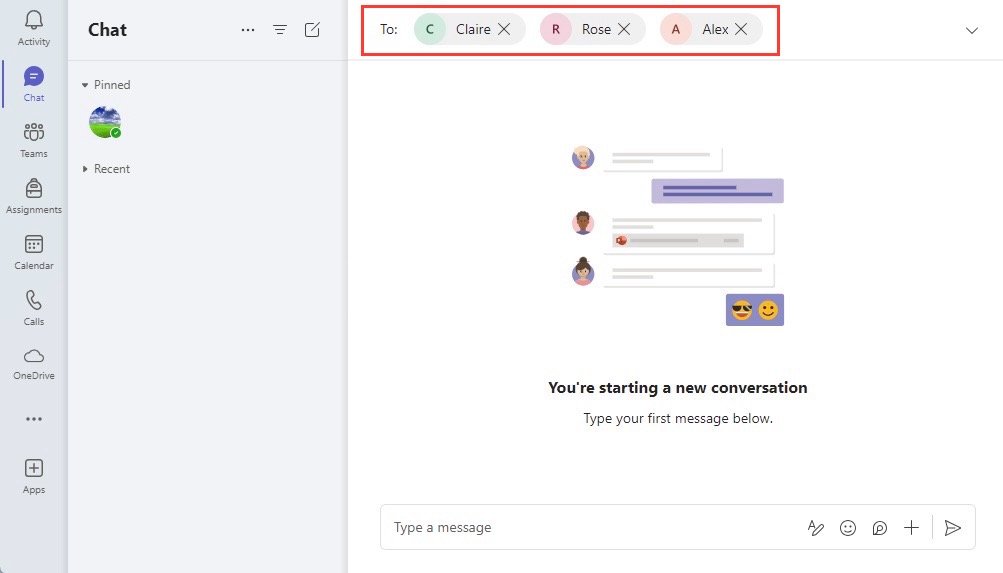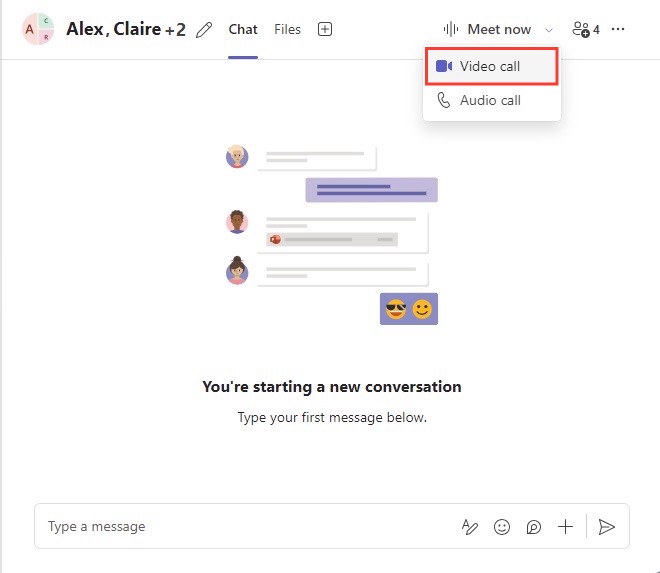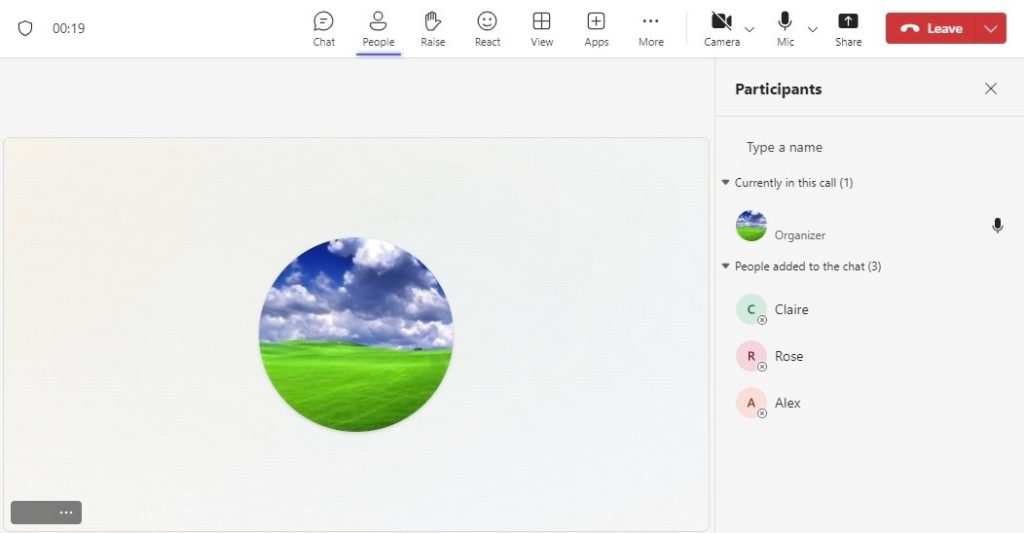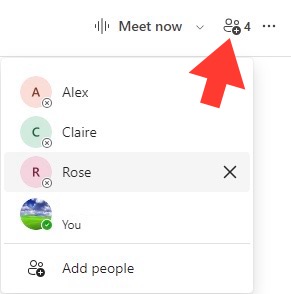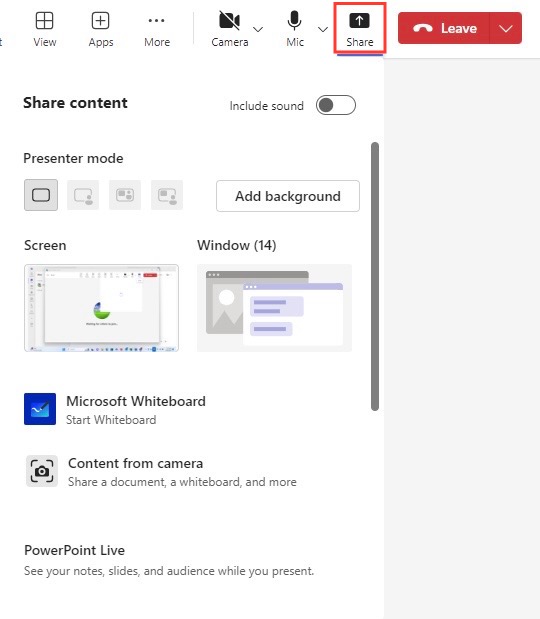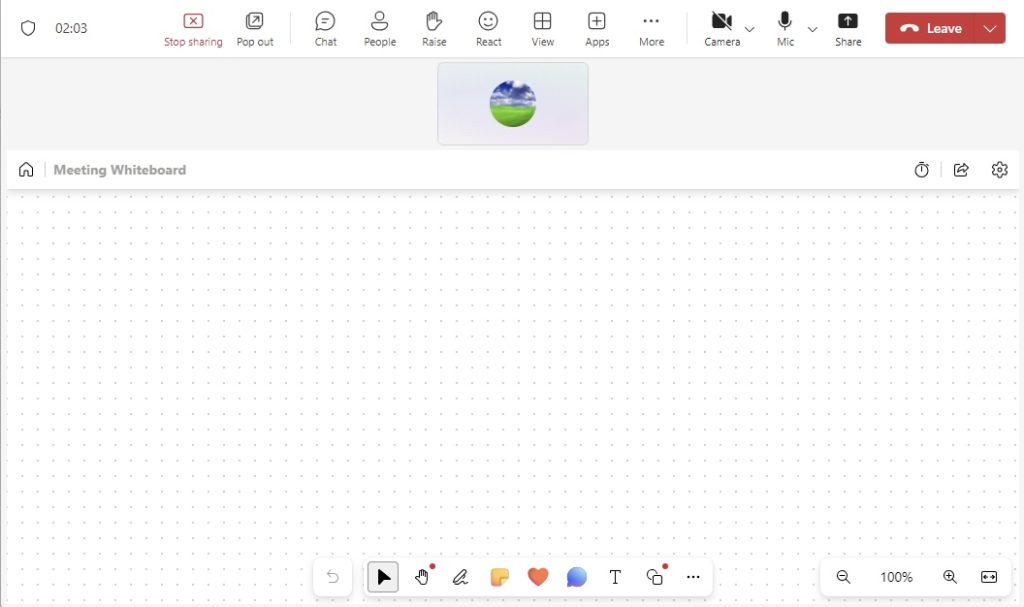Imagine a platform where my team can share, collaborate, and communicate seamlessly, no matter where they are. Microsoft Teams brings this vision to life for me. By integrating various Microsoft 365 services, staying connected with my team has become as simple as tapping a button on my device.
- Group calls are at the heart of this connectivity, offering an arena for our ideas to merge and enabling us to make decisions quickly.
- The ease of initiating these group calls ensures that we can foster a united team dynamic, crucial for the success of our projects.
- With Microsoft Teams, conducting virtual meetings when team members are remote is incredibly efficient, keeping us all on the same page despite the physical distance.
- I’ve found that Microsoft Teams serves as an advanced tool for enhancing team collaboration in my company.
The seamless integration of calls, meetings, and conversations in one place has significantly improved how we work. My team can communicate and work on projects smoothly since we can access data and catch up on unread replies and messages in a single place. As someone always striving for efficiency, I utilize the command box to search for specific people or items, launch apps, and take fast actions.
Key Takeaways
- To initiate group calls on Microsoft Teams, you can begin by creating a new chat. Click on “New chat” in your chat list, then enter the names of the individuals you want to include in the “To” field at the top of the chat window.
- For starting the group call, after adding the desired contacts to the chat, you have the choice of making either a video or an audio call. Select the appropriate icon (video camera for video calls, phone for audio calls) to begin the group call.
- Be aware of possible complications that may arise despite the simplicity of the process. Common issues include ensuring all participants are added to the chat correctly and navigating user interface changes that may not be immediately intuitive without formal training.
Evolution of Communication: The Central Role of Group Calls
Group calls have revolutionized how they collaborate and communicate. Gone are the days when long email threads or misaligned schedules hindered teamwork. With Microsoft Teams, group calls have empowered organisations with real-time dialogue and visual connection, simulating the dynamics of physical meetings. Teams pushes the envelope further with functionalities like screen sharing and integrated file access, catapulting it from a means of conversation to a comprehensive collaboration hub. Group calls in Teams are not just about verbal communication; they’re an epitome of how work gets done efficiently in the modern era.
Table of Contents
Essential Setup for Mastering Group Calls
Starting with the Basics: Creating and Managing a Call Group
Creating and Managing Group Calls in Microsoft Teams:
STEP 1: Open Microsoft Teams and ensure you are logged in with your credentials.
STEP 2: Navigate to the “Chat” menu located on the left-hand side of your Teams interface.
STEP 3: Click on “Chat” at the top of your screen to begin a new conversation.
STEP 4: In the “To” field at the top of the new chat, type the names or usernames of the individuals you wish to include in the group call. You can also select from your contact list.
STEP 5: Once all desired participants are added, click on either “Video call” or “Audio call” to initiate the group call. This will ring all participants you’ve added.
STEP 6: After starting the group call, you can manage participants by clicking on the “People” icon in the call controls.
From here, you can:
- Add more people to the call by typing their name or selecting from your contact list.
- Mute participants if necessary by clicking on their name and selecting “Mute.”
- Remove participants from the call by clicking on their name and selecting “Remove from call.”
- If you want to share your screen with group call participants, click on the “Share” icon in the call controls and choose what you would like to share.
Remember to use the call management features respectfully and maintain proper call etiquette to ensure a productive group call experience.
Maximizing Efficiency during Group Calls
Tips for Facilitating Productive Team Meetings
Facilitating productive meetings is an art, especially when it comes to the virtual space. In Microsoft Teams, keeping everyone on track is easier with these tips: first, always have an agenda circulated beforehand. A clear plan keeps the discussion focused. Also, encourage video usage; seeing each other creates a more engaging and accountable environment.
Role assignment is a critical step—designate a note-taker, timekeeper, and a moderator to maintain structure. Don’t forget to utilize the ‘Raise Hand’ feature to manage the flow of conversation, ensuring everyone has a chance to contribute without talking over each other.
Lastly, reserve time at the end for a quick roundup. This ensures everyone leaves with the same understanding of decisions taken, tasks assigned, and the meeting’s outcomes.
The Art of Multitasking: Handling Multiple Calls Simultaneously
Mastering the art of multitasking during calls can significantly boost your productivity. In Microsoft Teams, they can handle multiple calls at once with ease. If you’re already on a call and need to add another person to the conversation, simply make another call and then merge it with your ongoing session. Their first call will be put on hold automatically, ensuring a smooth transition.
Once the second call is connected, use the call controls to select ‘More actions’ and then ‘Call merge’ to bring everyone together. This feature is especially useful when a quick consult with a colleague can resolve a query or when a decision-maker’s input is needed pronto.
Remember, multitasking during calls is not just about managing several calls, but also about maintaining the quality of engagement in each. With practice, they’ll be handling multiple conversations like a pro, ensuring no beat is missed!
Leveraging Features for Enhanced Collaboration
Effective Use of Screen Sharing and Whiteboard
Leveraging the screen sharing and whiteboard features can transform a mundane group call into a dynamic workspace. When you share your screen, team members can follow along as if they’re looking over your shoulder, perfect for guiding them through presentations or collaborating on documents. Remember to close unnecessary tabs and mute notifications for a distraction-free experience.
On the other hand, the whiteboard is a canvas for collective creativity. Sketch out ideas, diagram processes, or jot down notes in real-time. It’s like being in the same room, with a whiteboard at your disposal, except it’s digital and everyone can contribute, regardless of their location.
Use these tools judiciously – while they can greatly enhance interactions, too much screen time can lead to fatigue. Aim for a mix of visual aids and dialogue to keep meetings engaging and productive.
Troubleshooting Common Group Call Issues
Resolving Audio and Video Quality Challenges
Poor audio and video quality can derail a productive group call. If you’re facing such challenges, start by checking your hardware. Ensure that your microphone, speakers, and camera are in good working order and that they’re the default devices selected in Teams settings.
If hardware isn’t the issue, internet connectivity might be. Try moving closer to your Wi-Fi router or using a wired connection for a more stable internet. Close any unnecessary applications that may be hogging bandwidth. Within Teams, you can also adjust bandwidth settings or turn off incoming video to improve the call quality.
In cases where problems persist, there’s a built-in ‘Call Health’ feature that you can check mid-call. It provides immediate diagnostics so you can pinpoint what might be affecting the quality and take swift action.
Connectivity Concerns and How to Overcome Them
Connectivity issues can be a thorn in the side of virtual collaboration, but with a few smart moves, they can keep their group calls running smoothly on Microsoft Teams. First off, advise participants to check their network speed. A quick test can reveal if their connection is below the optimal threshold for Teams.
Advise them to prioritize their network traffic for Teams if they’re on a shared network that’s lagging. Also, look into using the ‘Background effects’ setting sparingly since high-quality backgrounds can drain bandwidth.
Should connectivity drop mid-call, Teams has a nifty feature allowing them to join via phone, ensuring they remain in the loop until they can get back online.
Moreover, the IT team should assess the organization’s network infrastructure, enabling QoS (Quality of Service) settings tailored for Teams to enhance the quality of calls across the network.
Security and Privacy Measures for Group Calls
Ensuring Secure Conversations and Data Protection
The security of conversations and data protection is paramount in today’s digital workspace. Microsoft Teams is designed with robust security measures in place, so you can rest easy knowing that your group calls are safeguarded.
Ensure that all participants are aware of the importance of software updates—keeping Teams updated means they benefit from the latest security patches. Teams also provides end-to-end encryption options for calls, ensuring that sensitive discussions remain confidential.
Additionally, familiarize your team with the built-in security features such as data loss prevention (DLP) policies, which help prevent unintentional or malicious sharing of sensitive information. Regularly reviewing and customizing privacy settings gives them control over their data and keeps the organization’s information secure.
Delivering Compliance and Controlling Guest Access
Navigating compliance and guest access control with group calls in Teams is essential for maintaining data integrity and meeting regulatory standards. Microsoft Teams offers comprehensive compliance support that aligns with international, national, and industry-specific regulations.
They can utilize the Teams Admin Center to enforce compliance policies by setting up communication barriers, retention policies, and legal hold for certain users or content. When it comes to guest access, Teams allows for a stringent control system. Control features such as who can make, receive, or transfer calls, and even enable or disable call recording to ensure guests have only the necessary permissions.
By tailoring these settings, they uphold the fine balance between secure collaboration and regulatory adherence. Always keep informed on compliance updates as they continue to evolve.
FAQs on Mastering Group Calls in Microsoft Teams
What are the Latest Enhancements to Microsoft Teams Group Calls in 2024?
In 2024, Microsoft Teams has introduced several enhancements to group calls that emphasize usability and collaboration. Noise suppression technology has been refined, making it easier to hear each other even in noisy environments. Live captions and translations are now more accurate for inclusive communication among global teams. Additionally, they’ve integrated advanced analytics to monitor call quality and participant engagement, providing insights for continuous improvement. Remember, these enhancements are designed to make your group calls more effective and enjoyable, so be sure to explore and utilize them.
How Can I Improve my Group Call Management Skills in Microsoft Teams?
To improve your group call management skills in Microsoft Teams, start by familiarizing yourself with all the call features available. Practice setting up and managing calls with your team, and experiment with different settings to see what works best for your group. Attend Microsoft’s training webinars or use online tutorials to learn new techniques. Additionally, seek feedback from colleagues to identify areas for improvement and implement their suggestions during calls. The key is to stay updated with Teams’ evolving features and continuously refine your approach.
Can I Record Microsoft Teams Group Calls and Are There Privacy Implications?
Yes, you can record group calls in Microsoft Teams, which is handy for keeping records and reviewing discussions. However, it’s vital to be mindful of privacy. Inform all participants before recording, as consent is crucial. Teams makes this easy by automatically notifying attendees that a recording has started. For privacy regulations, such as GDPR, ensure you have a lawful basis for recording and storing these communications. Properly managing access to recordings and knowing how long to retain them is also key to maintaining privacy compliance.
John Michaloudis is a former accountant and finance analyst at General Electric, a Microsoft MVP since 2020, an Amazon #1 bestselling author of 4 Microsoft Excel books and teacher of Microsoft Excel & Office over at his flagship MyExcelOnline Academy Online Course.

